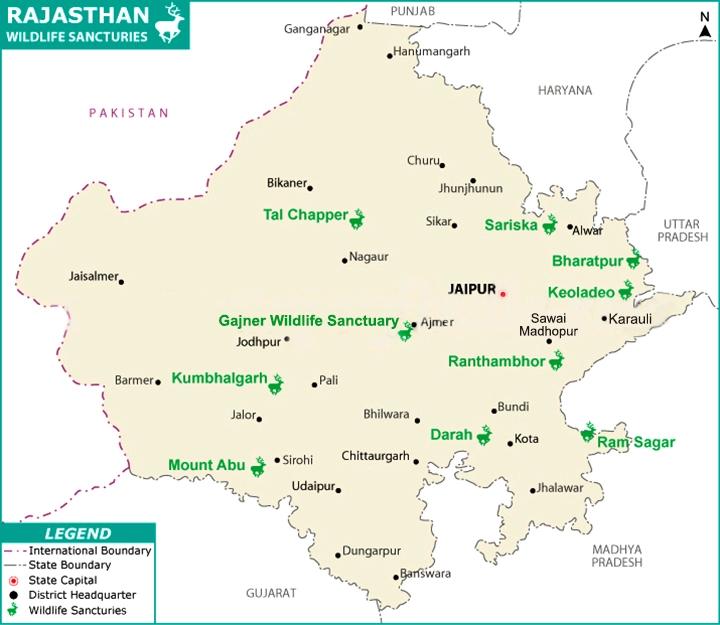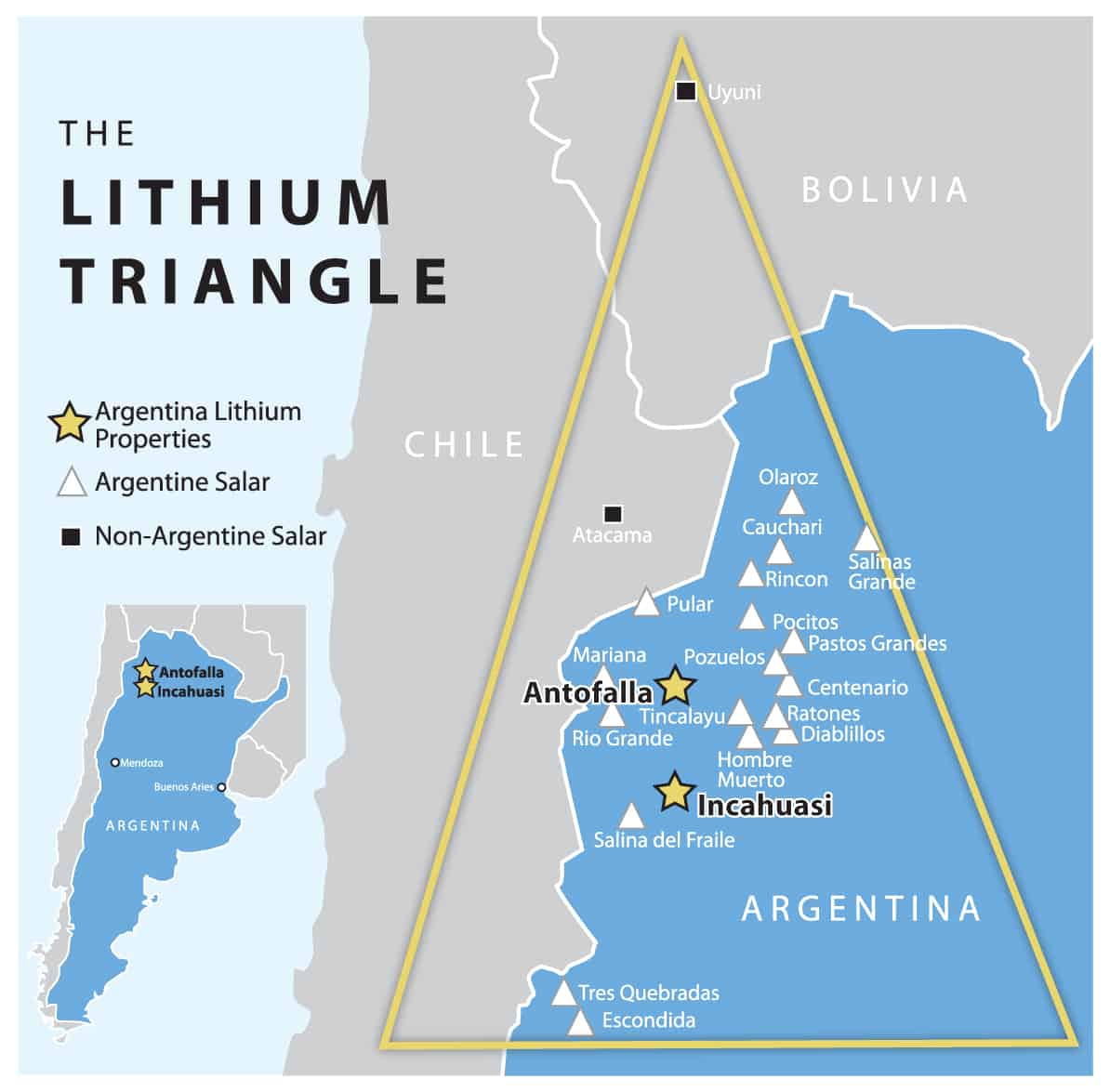- Home
- Prelims
- Mains
- Current Affairs
- Study Materials
- Test Series
August 06, 2024 Current Affairs
How Sheikh Hasina’s resignation will impact India-Bangladesh ties
- Uncertain Interim Government: With Sheikh Hasina''s resignation and the Bangladesh army chief Waker-uz-Zaman assuming control, the nature of the interim government and its electoral timetable remain unclear. This uncertainty impacts future political alignment in Bangladesh, which could affect India-Bangladesh relations. India needs to engage swiftly with the new regime to secure its interests.
- Impact of Past Support for Hasina: India''s strong support for Hasina over the past decade has led to limited interaction with opposition groups. This has created a challenge in addressing the current anti-India sentiment in Bangladesh. India will need to undertake substantial diplomatic efforts to rebuild relations and address this sentiment.
- Transit and Trade Arrangements: Bangladesh''s new interim government may revise existing transit and trans-shipment arrangements crucial for India''s logistics to the Northeast. India must negotiate with the interim regime to ensure continuity and stability in these arrangements.
- Jamaat-e-Islami and Pakistan Factor: The influence of Jamaat-e-Islami on the interim government could complicate relations. Jamaat''s presence might reopen avenues for Pakistani influence in Bangladeshi politics, potentially affecting India''s border security and regional stability.
- China''s Growing Influence: China’s aggressive push for influence in Bangladesh, with its substantial financial resources, presents a strategic challenge for India. A stronger Chinese presence in Bangladesh could encircle India with unfriendly or ambivalent neighbours, impacting India''s security and strategic positioning.
India-Bangladesh Relations
- The foundation of India’s relationship with Bangladesh was laid in 1971. India provided critical military and material support to assist Bangladesh in its fight for independence from Pakistan.
- Despite this, relations soured within a few years as military regimes took control. There was a rise in anti-India sentiment in the mid-1970s over issues ranging from boundary disputes and insurgency to the sharing of water.
- The instability continued for a few decades until Sheikh Hasina came to power in 1996 and scripted a new chapter in bilateral ties with a treaty on the sharing of Ganga waters.
- Since then, India and Bangladesh have built cooperation in Trade, Energy, Infrastructure, Connectivity and Defence.
Significance of Bangladesh to India
- Geopolitical: Bangladesh is India''s neighbour and shares a long land, riverine and maritime boundary. This makes it important for India''s security and foreign policy. For example, India needs cooperation from Bangladesh to counter the Chinese ‘String of Pearls’.
- Economic: India-Bangladesh have close economic ties, with India being one of Bangladesh''s largest trading partners. For example, the bilateral trade in 2021-2022 was USD 18.2 billion.
- Cultural: India and Bangladesh have a shared history, culture, and heritage. The people of the two countries are linked by strong cultural and familial ties, and there is a large population of Indian-origin people living in Bangladesh.
- Strategic: Bangladesh is located at the crossroads of South Asia and Southeast Asia and is important for India''s Act East Policy, which aims to build closer ties with the countries of Southeast Asia.
- Environmental concerns: Bangladesh and India share trans-boundary rivers and ecological systems, making it important for the two countries to cooperate on issues such as water management and flood control. For example, coordinated efforts are needed for the conservation of Sunder bans.
Issues and Concern
- Teesta dispute: The issue revolves around the sharing of Teesta’s waters, with Bangladesh seeking an equitable distribution.
- Border disputes: Tensions along the border between Bangladesh and India are nothing new. A 4,096 km long land border and a 180 km long marine border separate India from Bangladesh. The Comilla–Tripura land border, which stretches for 6.5 kilometres, has not been demarcated, leaving the border dispute unresolved.
- The issue of illegal migration from Bangladesh to India, encompassing both refugees and economic migrants, continues to be a significant concern.
- There have been many incidences of cross border drug smuggling & trafficking. Humans are trafficked and various animal and bird species are poached through these borders.
- China factor: China has been increasing its investments in Bangladesh, particularly in the areas of infrastructure development, energy, and telecommunications. For example, BRI and investment in Chittagong port.
SC panel: Bar pvt vehicles in Sariska reserve, raise tiger protection force.
Sariska Tiger Reserve is located in Aravalli hills and forms a part of the Alwar District of Rajasthan. It was declared a wildlife sanctuary in 1955 and was declared a tiger reserve later in 1978, making it a part of India''s Project tiger.
- It encompasses ruined temples, forts, pavilions and a palace.
- Kankarwadi Fort is located in the centre of the reserve. It is said that Mughal emperor Aurangzeb had imprisoned his brother Dara Shikoh at this fort in the struggle for succession to the throne.
- It also houses a famous temple of lord Hanuman at Pandupole related to Pandavas.

Flora:
- Nearly 90%of the area in the sanctuary is covered with dhok trees.
- Other speciesfound include salar, kadaya, gol, ber, Banyan, gugal, bamboo, kair, adusta, etc.
Fauna: A variety of other wild animals, like the leopard, sambhar, chital, nilgai, four-horned antelope, wild boar, rhesus macaque, langur, hyena, and jungle cats are found in the reserve apart from the tiger.
Coal India eyes lithium in Chile
Chile is home to half of the viable lithium reserves globally and is the world’s second-largest lithium producer. It accounts for about 36% of the global trade.
Lithium
- It is a delicate, white-silver alkali metal.
- It is the least dense metal and the least dense solid element under typical conditions.
- It never occurs freely in nature, but only in compounds, such as pegmatitic minerals, which were once the main source of Li.
- Due to its solubility as an ion, it is present in ocean water and is commonly obtained from brines.
Applications of Li metal
- Lithium-ion batteries, rechargeable and lightweight, power the most-used electronic devices on the planet, from cell phones to laptops.
- The lithium battery allows surplus produced by photovoltaic solar panels to be stored more efficiently. These batteries can store between 95 and 99% of the energy generated, while those of lead-acid which is still commonly used to store solar energy, only reach up to 85%.
- With the development of this technology, it is possible to store the energy that supplies electricity to regions that do not yet have this service.
- Pharmaceuticals: It is used as a mood stabilizer in the treatment of the bipolar disorder, depression, and other mental health conditions.
- Aerospace and Military: It is used in the aerospace and military industries to cool the temperature-sensitive components in space vehicles and military equipment, such as radar systems and missile guidance systems.
- Lubrication: It is used as an ingredient in high-temperature lubricating greases, due to its ability to withstand high temperatures and provide long-lasting lubrication.
Top Producers
- Lithium is found naturally in various minerals, including spodumene, petalite, and lepidolite.
- It is extracted from these minerals and refined into lithium metal or its compounds.
- The top producers of lithium are Australia, Chile, China, and Argentina.
- Recently, a massive lithium deposit beneath California’s Salton Sea (US), holding an estimated 18 million tons of lithium, was discovered.
- Lithium triangle made up of Argentina, Chile, and Bolivia—contain roughly half the world''s known lithium.

Lithium Reserves in India
- The recently discovered lithium deposit is estimated to be 9 million tonnes in the Salal-Haimana area of the Reasi District of Jammu & Kashmir, making it one of the largest deposits of lithium in the world.
- Earlier, researchers at the Atomic Minerals Directorate estimated lithium reserves of 14,100 tonnes in a small patch of land surveyed in Southern Karnataka’s Mandya district.
- The Atomic Minerals Directorate for Exploration and Research, a unit of the Department of Atomic Energy, has identified 1,600 tonnes of lithium resources in the Marlagalla area of Mandya district.
India to Host First Multinational Air Exercise ‘Tarang Shakti 2024’ in Tamil Nadu Starting Tomorrow
Tarang Shakti is an international air exercise hosted by India, involving air forces from multiple countries. It is designed to enhance strategic relations, improve interoperability, and showcase India’s indigenous defence technologies. Indian Air Force (IAF) Vice Chief Air Marshal AP Singh announced that Tarang Shakti will be the largest international air exercise ever conducted in India, with invitations extended to 51 countries. The exercise will occur in two phases, with participation from various countries and their military assets.
Phases and Locations:
- Phase One:August 6-14, 2024, in Sulur, Tamil Nadu. This phase will involve participation from France, Germany, Spain, and the United Kingdom, showcasing a mix of advanced aircraft and defense strategies.
- Phase Two:September 1-14, 2024, in Jodhpur, Rajasthan. This phase will include participants from Australia, Bangladesh, Greece, Singapore, UAE, and the USA, highlighting a wide array of military technologies and operational tactics.
Aircraft and Assets:
- Foreign Assets: F-18, A-18, C-130, F-16, A-10, KC-130, KC-135, Eurofighter Typhoon, Rafale
- Indian Assets: Tejas, Prachand, Dhruv, Rudra, MiG-29K (Indian Navy)
Objectives
- Strengthen Strategic Relations: Enhance relationships with international community members.
- Mutual Understanding: Improve mutual understanding of air operations through complex missions.
- Showcase Indigenous Defence: Highlight India''s defence ecosystem and indigenous products.
- Interoperability and Expertise Sharing: Foster professional exchanges and share best practices among participating air forces.
Minister Rajeev Ranjan Singh Highlights Growth in Fisheries Sector Due to Pradhan Mantri Matsya Sampada Yojana
Pradhan Mantri Matsya Sampada Yojana launched in 2020, by the Department of Fisheries; Ministry of Fisheries, Animal Husbandry, and Dairying; to bring about ecologically healthy, economically viable, and socially inclusive development of the fisheries sector of India. PMMSY is a comprehensive scheme aimed at transforming the Indian fisheries sector by enhancing production, improving infrastructure, and creating employment opportunities.
Objectives
- Increase Fish Production: Achieve a target of 22 million tonnes of fish production by 2024-25.
- Enhance Productivity: Improve the productivity of aquaculture and capture fisheries.
- Infrastructure Development: Develop infrastructure for post-harvest management, cold storage, and transportation.
- Sustainable Practices: Promote sustainable and climate-resilient fisheries practices.
- Employment Generation: Create 55 lakh direct and indirect jobs in the fisheries sector.
Components
- Component A: Enhancement of Production and Productivity
- Fish Seed Production:Establish hatcheries and nurseries.
- Aquaculture Development:Support for technology and infrastructure.
- Capture Fisheries Management:Improve fishing practices and technology.
- Component B: Infrastructure and Post-Harvest Management
- Cold Chain Infrastructure:Establish cold storage and transportation facilities.
- Processing Units:Set up fish processing and value addition units.
- Market Linkages:Develop and strengthen market linkages for fish products.
- Component C: Institutional Strengthening and Capacity Building
- Training Programs:Capacity building and skill development for fishers and stakeholders.
- Research and Development:Promote research in fisheries science and technology.
- Regulatory Framework:Strengthen fisheries management and regulatory frameworks.
Significance:
- Economic Impact: Boosts rural economies and livelihoods of fishermen and fish farmers.
- Nutritional Security: Increases availability of fish as a source of protein.
- Sustainable Development: Promotes sustainable practices and helps in conserving aquatic resources.
Challenges and Considerations
- Implementation Issues: Effective execution at the state level and ensuring proper utilization of funds.
- Climate Change: Adapting to the impacts of climate change on fisheries.
- Market Dynamics: Managing market fluctuations and price volatility of fish products.









 Latest News
Latest News
 General Studies
General Studies